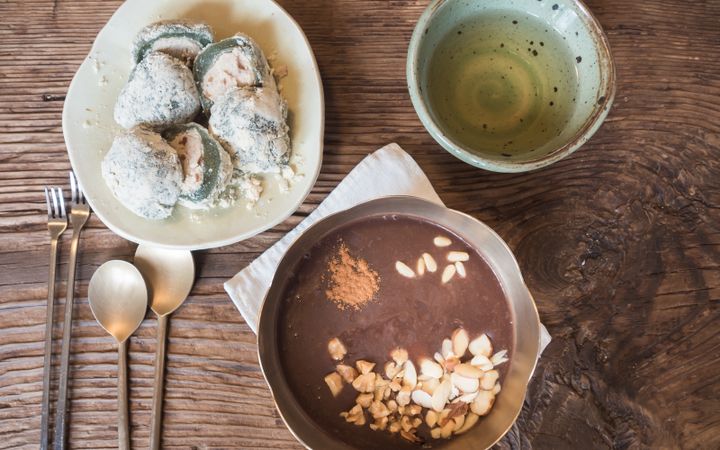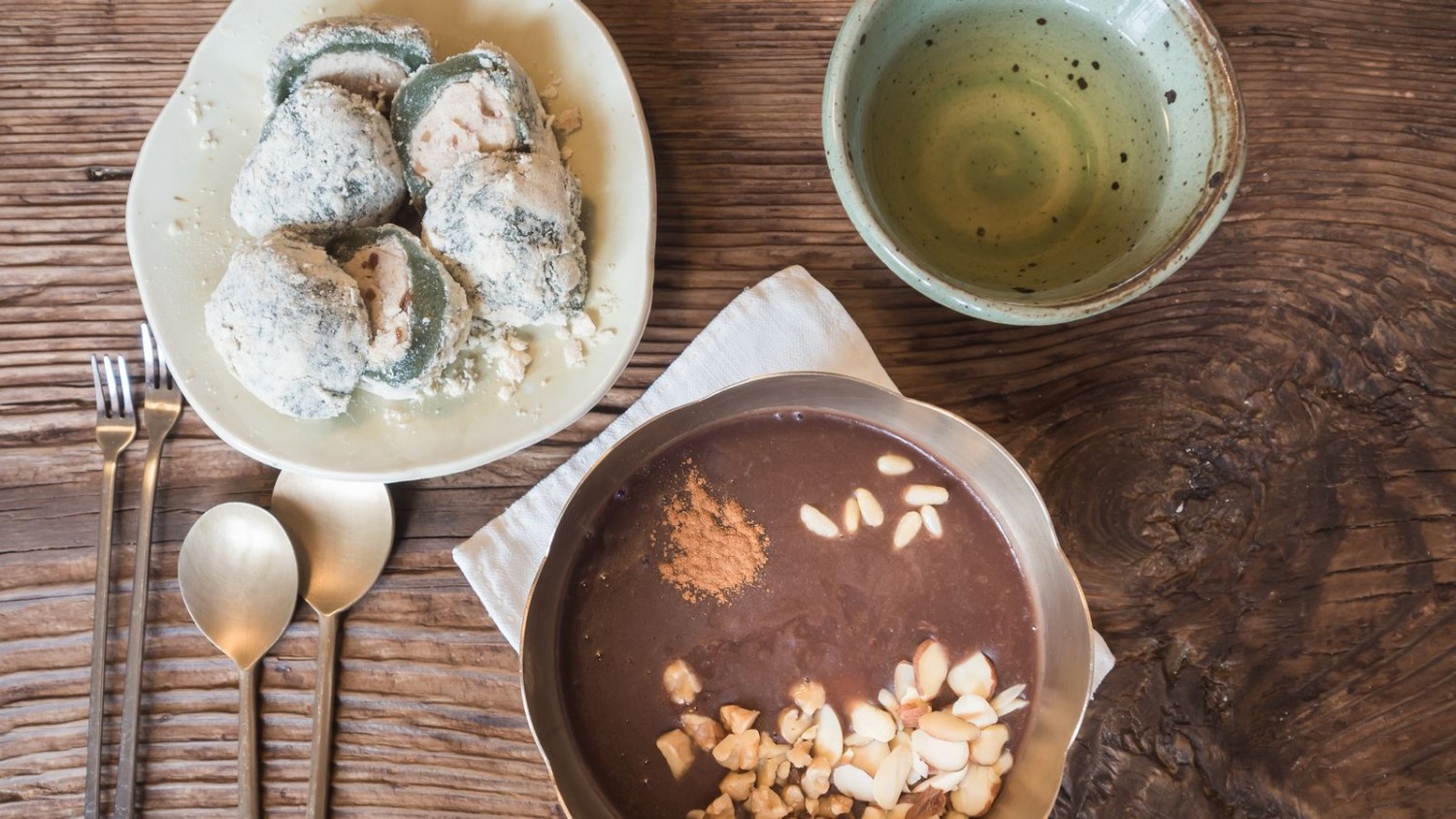Korean Culinary Flavors To Experience This Winter
페이지 정보
작성자 인천송도 작성일19-04-29 15:00 조회801회 댓글0건Winter is traditionally a time for wrapping up warm, for hiding from ice and snow and sub zero conditions, and for staying indoors. This is particularly the case in South Korea; a country in which the mercury frequently dips below zero in the winter.
However, with Korean food, the opposite is true. Perhaps it is a symptom of the harsh cold of a Korean winter but during this season, the country's culinary scene comes alive, resulting in some tantalising treats for the tastebuds.
As with most Asian cultures, food is a cornerstone. Traditional Korean foods have histories which stretch back hundreds, if not thousands, of years, and carry long and entangled stories of their own.
It is little wonder, then, that the winter season is associated with so many unique culinary delights. It is also little wonder that most of these delights are hearty, satisfying, and designed to keep you warm and toasty.
Here are a few for you to sample on your Korean winter adventure:
Kimchi

Anyone familiar with Korean cuisine will be familiar with kimchi. One of the staples of the Korean diet, kimchi is made from fermented vegetables and it's a regular site on restaurant menus. In the winter, however, the recipe gets changed up a little, becoming sweeter, crispier and unique.
The result is a handy food to give you comfort and energy throughout those long winter months.
Gyeran Bbang (Egg Bread)

Combining two of the heartiest and most warming foods available - egg and bread - into one handy treat, gyeran bbang is one of the most popular of all Korean winter foods. Chefs take a hardboiled egg and bake it into an immensely satisfying bread cake.
These are commonly available at street vending sites and in restaurants up and down Korea, and are a must-try when you arrive.
Sundubu Jjigii (Soft Tofu Soup)

No winter menu can be complete without a rich, thick, satisfying soup. In the UK, you are probably familiar with supping a nice chunky broth when the temperature starts to dip. Well, in Korea the principle is the same, only their broth of choice is sundubu jjigae.
Sweet, soft and spicy, this tofu stew is a sure fire way to get you warmed up and ready to face a bracing Korean winter's day.
Patjuk (Red Bean Congee)

The concept of breakfast is approached a little differently in Korea. Rather than having exclusive breakfast foods - think: toast, cereal, porridge - most Korean foods can be eaten in the morning and considered breakfast. However, patjuk is a little closer than most to what we might consider 'a breakfast food'.
Somewhere between a porridge and congee, this delicious dish is made using red beans and rice, and is highly recommended.
Gun Goguma (Baked Sweet Potato)

UK diners are no stranger to sweet potatoes, and perhaps enjoy these warming treats each autumn around bonfire night. In Korea, enjoyment of sweet potatoes - or gun goguma - lasts for the whole winter season.
Look for vendors wearing the ushanka ear-flap hat, sometimes known in Korea as the "sweet potato vendors' hat". You can purchase your delicious roasted sweet potatoes from here.
Hodugwaja (Walnut Cake)

Last, but certainly not least, on our list is hodugwaja, or walnut cake. Another autumn/winter staple, walnut cakes or cookies are a regular site in the hands of commuters on the trains, buses, trams and pavements of Seoul and beyond.
You can try a variety of these dishes and much, much more, right here at Holiday Inn Incheon Songdo. Surache Dining is the Hotel’s signature buffet restaurant located on the 19th floor of the Hotel, overlooking greater Incheon and beyond and providing visitors with an authentic taste of various Korean culinary delights.
Book your stay at Holiday Inn Incheon Songdo this winter, and enjoy what Surache Dining has to offer.






















.png)




